With strict standards regulating the information found on product packaging today, it is no surprise that many products are covered in symbols, which can have many different meanings.
Food products can have symbols related to ingredients, nutritional information, dietary restrictions, and allergens. Similarly, cosmetic products can have symbols for certain ingredients and allergens, but also for things like ethical production and testing.
There are so many symbols that exist out in the marketplace, especially if you include international products, but here are some of the most common symbols found on food and cosmetic products here in the U.S.
Food Symbols
Below are the most common food symbols on packaging. If you are starting your own food product product line, check out our food packaging design guide.
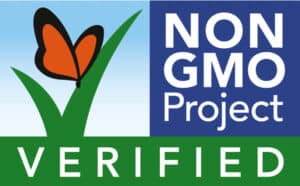
The Non-GMO Project seal verifies that the product was made in an environment dedicated to NO Genetically modified organisms (GMOs). GMOs are living organisms whose genetic material has been manipulated in a laboratory through genetic engineering, creating combinations of plant and animal genes that do not occur in nature. The Non- GMO Project offers independent verification of testing and GMO controls for U.S. and Canada based products.
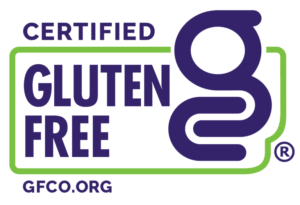
The Certified Gluten Free logo, created by the Gluten Free Certification Organization (GFCO), verifies that the food within the package contains no traces of gluten and that the product was not exposed to cross-contamination. Consumers look for this logo for assurance. They know that products claiming to be gluten free may still contain traces of gluten if they have not passed GFCO’s rigorous testing.

A growing number of consumers are interested in vegan products. Products with this logo are verified to be free from animal products or byproducts and have not been tested on animals. Consumers appreciate knowing products are vegan at a glance without always checking the ingredient list.

The USDA Organic seal is the only federally regulated organic certification in the marketplace. The seal assures consumers that a product’s ingredients were produced in accordance with strict regulations and standards for organic and sustainable farming practices. Products must be reviewed and approved by a USDA-accredited certifying agent before being advertised as organic.

The Fair Trade Certified seal can be found on a variety of products, including honey, tea, chocolate, coffee, nuts, and grains. It certifies that the product was produced sustainably and fairly, benefiting the farmers and workers involved in its production.

The Rainforest Alliance seal can be found can be found on coffee, tea, chocolate, and fruit juice, among other products. It ensures that the products were produced sustainably, with the smallest possible impact on the environment.
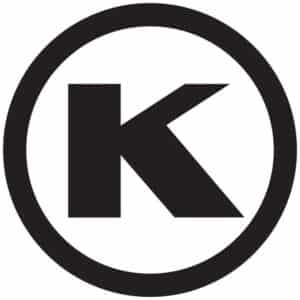
This symbol represents the OK Kosher Certification (the ‘O’ being the circle). This symbol is used internationally and can be found on thousands of popular products from major companies. Foods with this label have been certified by the organization’s 350 kosher experts.

Also signifying Kosher food, this OU symbol was created by the Orthodox Union to verify which modern foods abide by ancient dietary laws. This label is used internationally for hundreds of thousands of products and is the strictest kosher verification system. Because this labeling system is so strict, there are different variations of the OU that can be found on products.
These variations include:
OU — the food contains neither meat nor dairy, a “neutral” product
OU-D — dairy product
OU-M — the product is made with meat or meat ingredients
OU-F — the product is made with fish ingredients

The Heart Check Certification from the American Heart Association indicates that a food meets requirements of low amounts of saturated fat and cholesterol.

This stamp is put on Pack by Whole Grains Council. There are two different versions of this stamp, the Basic Stamp and the 100% Stamp. The product will only have the 100% Stamp if 100% of all the grains used in the product are whole grains. If all the grains are not whole grains but the product contains at least eight grams of whole grains, the product is given a Basic Stamp.
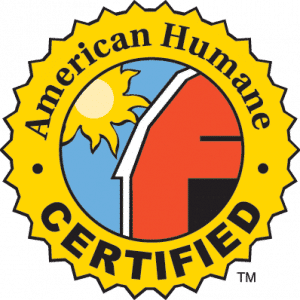
The American Humane Certified™ Program
Since 1877, American Humane Association has been ensuring the welfare, wellness and well-being of children and animals. They have been dedicated to improving child and animal welfare and have been at the forefront of every major progressive effort to protect children, farm animals, and companion animals from abuse and neglect.

Whole Foods created the 5-step program called Global Animal Partnership, a certification program it requires its vendors to use. Some small retailers have also begun using.

This label was created by the Humane Farm Animal Care (HFAC) and, like the one above, it certifies that the animal products came from facilities that were proven to be raising and caring for their animals humanely.
Many also companies create their own standards and create a label for their products to create consumer trust. One example is the brand Happy Egg. They created their own clever symbol, call Happy Certified. They go beyond humane standards to create an ecosystem for their hens to flourish and thrive. They state they are committed to raising hens and eggs with love and make an extra effort to improve their hens’ welfare is what makes them happy calling their certification, Happy Certified. Beware, this kind of certification creation, does not always end happy. If it’s not back up by true claims, it can backfire like it did for the “Smart Choices” program.
Cosmetic Symbols
Below are the most common Cosmetic symbols on packaging.
If you are starting your own cosmetic product line and need a high-quality beauty packaging design agency to help your beauty product stand out, book a call with us to get started.
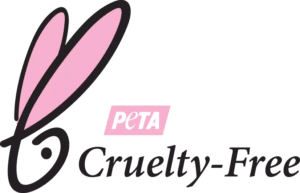
PETA, an animal-welfare organization, created this symbol for verified companies to indicate that their products are strictly cruelty-free and are not tested on animals during any part of production.
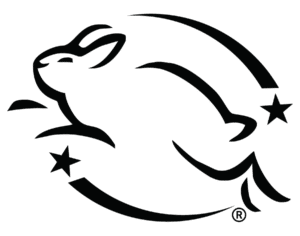
Created by The Leaping Bunny Program, the leaping bunny logo certifies that a product is cruelty-free and was not tested on animals. In order to display this logo on their products, companies must take a pledge and submit to independent audits to ensure that none of their products or any ingredients have been tested on animals.
In a survey, over 65% of people indicated they trust independent third-party seals of approval over uncertified cruelty-free claims when making purchase choices. Leaping Bunny is an internationally recognized and respected logo.
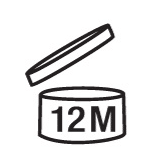
Period After Opening (PAO) Symbol
The Period After Opening (PAO) symbol is used to indicate a product’s shelf-life. The number refers to the months a product is good after opening. This information is supplied by your manufacturer.
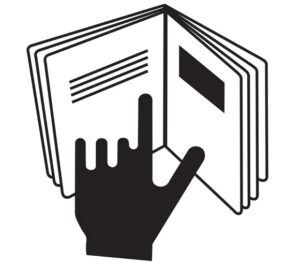
Further Information
This symbol, which can be shown on any type of products in addition to cosmetics, is normally found with product information on the package or product itself. It communicates that you are only seeing a portion of the total product information and might have to refer to a different part of the package or product for the rest of the information.

Estimated Sign
The Estimated Sign or e-mark indicates that the product was filled using an “average fill system” and means that the product contains the amount advertised. This must appear near the net weight on all products sold in the EU.

The Green Dot symbol indicates that the manufacturer of the product pays to recover and recycle it. While this symbol is used for recycling internationally, the program is only in Europe.

Flammable
This symbol on packaging indicates that the product or at least one of its ingredients is flammable. It serves as a warning to keep the product away from sources of heat.

Resin Identification
One of these 6 Resin Identification symbols is usually found somewhere on plastic products. These symbols identify the type of polymer resin used to assist with the recycling process.
Are you looking for an award-winning food packaging design agency to help you with your new product line? We’d love to help you! Contact us today. For more resources, check out our food packaging design guide.



